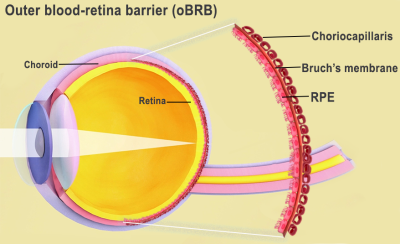Wake Forest Institute for Regenerative Medicine (WFIRM) scientists have improved upon the 3D bioprinting technique they developed to engineer skeletal muscle as a potential therapy for replacing diseased or damaged muscle tissue, moving another step closer to someday being able to treat patients.
Skeletal muscles are attached to bones by tendons and are responsible for the body’s movement. When they are damaged, there is often loss of muscle function because the nerves are no longer sending signals to the brain.
Treatment of extensive muscle defect injuries like those caused by improvised explosive devices (IEDs) on the battlefield, for instance, is difficult and often requires reconstructive surgery with muscle grafts. Effective nerve integration of bioengineered skeletal muscle tissues has been a challenge.
“Being able to bioengineer implantable skeletal muscle constructs that mimics the native muscle to restore function represents a significant advance in treating these types of injuries,” said lead author Ji Hyun Kim, PhD, of WFIRM. “Our hope is to develop a therapeutic option that will help heal injured patients and give them back as much function and normalcy as possible.”
The work is detailed in a paper published online today (February 24, 2020) by the journal Nature Communications.
Institute scientists previously demonstrated that the Integrated Tissue and Organ Printing System (ITOP), developed in house over a 14-year period, can generate organized printed muscle tissue that is robust enough to maintain its structural characteristics.
Since then, the WFIRM researchers have been developing and testing different types of skeletal muscle tissue constructs to find the right combination of cells and materials to achieve functional muscle tissue. In the current study, they investigated the effects of neural cell integration into the bioprinted muscle construct to accelerate functional muscle regeneration.
“These constructs were able to facilitate rapid nerve distribution and matured into organized muscle tissue that restored normal muscle weight and function in a pre-clinical model of muscle defect injury,” said Sang Jin Lee, PhD., co-senior author, also of WFIRM.
This ongoing line of research at WFIRM is supported and federally funded through the Armed Forces Institute of Regenerative Medicine. The goal is to develop clinical therapies to treat wounded warriors that will also benefit the civilian population.
“Continued improvements in 3D bioprinting techniques and materials are helping us advance in our quest to make replacement tissue for patients,” said co-senior author Anthony Atala, M.D., who is director of WFIRM.
Reference: “Neural cell integration into 3D bioprinted skeletal muscle constructs accelerates restoration of muscle function” by Ji Hyun Kim, Ickhee Kim, Young-Joon Seol, In Kap Ko, James J. Yoo, Anthony Atala and Sang Jin Lee, 24 February 2020, Nature Communications.
DOI: 10.1038/s41467-020-14930-9
The research was supported by the Army, Navy, National Institutes of Health, Air Force, Veterans Administration, and Health Affairs to support the Armed Forces Institute of Regenerative Medicine II effort under award W81XWH-14-2-0004. The work was, in part, supported by the Medical Technology Enterprise Consortium grant 2017-614-002.
Additional co-authors include: Ickhee Kim, Young-Joon Seol, In Kap Ko, and James J. Yoo, all of WFIRM. Some or all of the authors are inventors on patent rights related to this work owned by Wake Forest University Health Sciences. The patents, whose value may be affected by publication, have the potential to generate royalty income in which the inventors would share.



